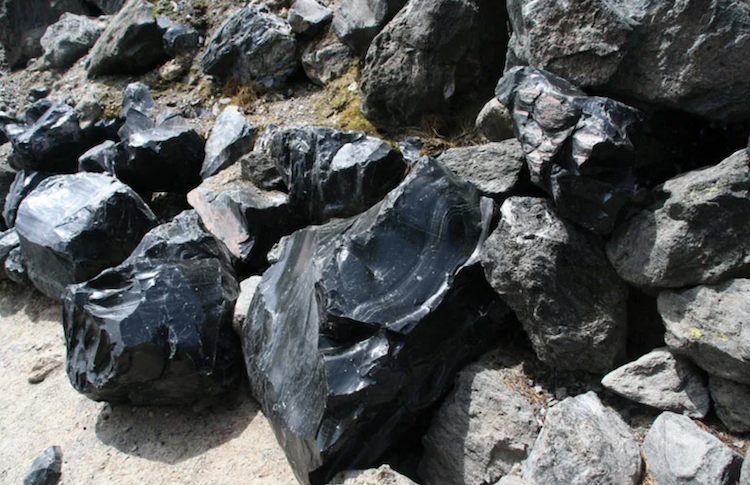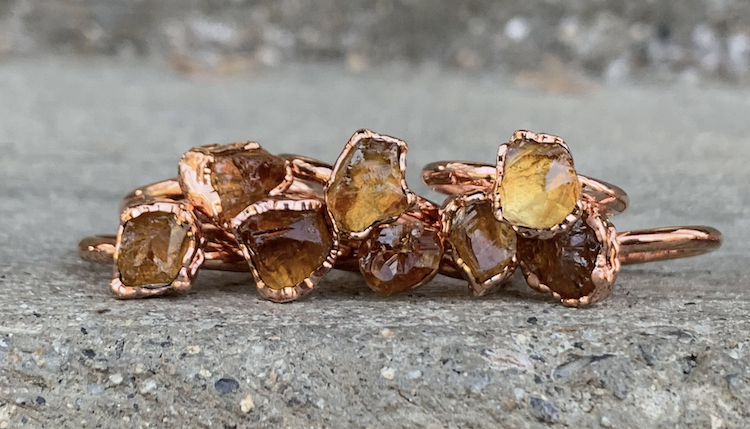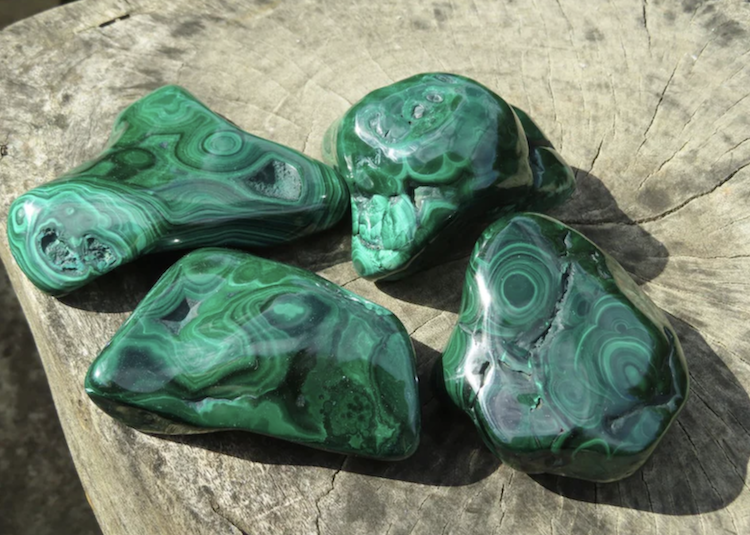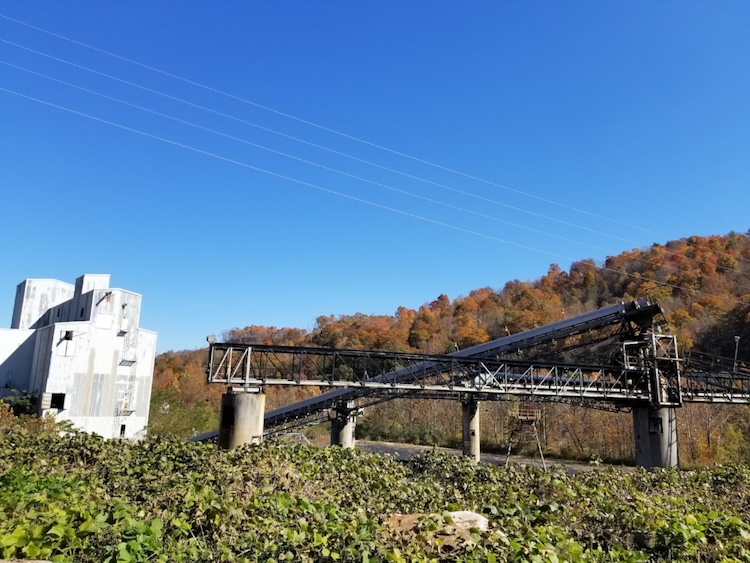Rockhounding Supplies 101 – Must-Have Tools for Rock Mining
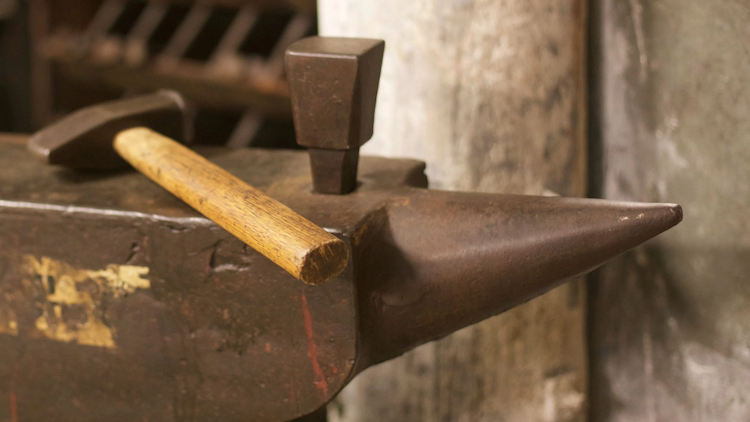
If you are new to rockhounding, it is very easy to get confused when it comes to rockhounding supplies and tools that one must have. In this blog, we will guide you every step of the way regarding all the necessary tools and supplies that you need for rock mining.
One of the best things about rockhounding is that it is very easy to get started without having to spend thousands of dollars on tools. Rockhounding has been a popular pastime for enthusiasts and geology lovers for decades.
Whether you’re a seasoned rockhound or a novice exploring the world of geology, having the right tools is essential for a successful and enjoyable experience.
These are our most recommended tools and supplies for rockhounds – both beginners and seasoned professionals.
Must-Have Rockhounding Supplies and Tools
Here is a list of the most important rockhounding supplies that you need before making your mining adventure. These tools will make your life a lot easier and help you collect incredible rocks.
1. Rock Hammer
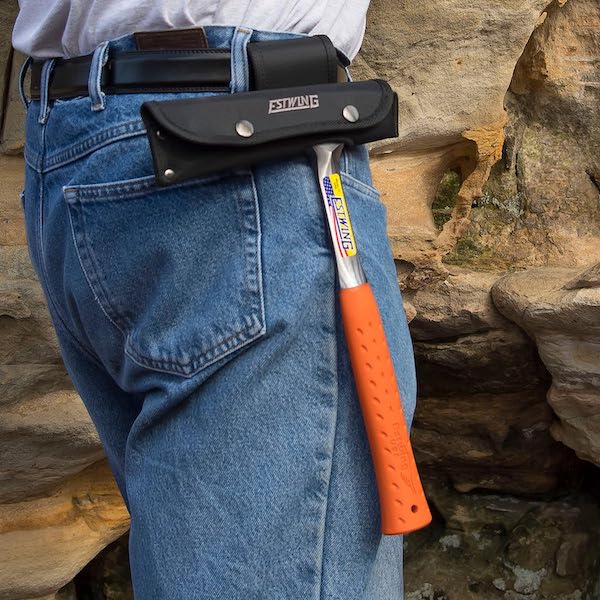
One of the fundamental tools in any rockhound’s arsenal is the geological hammer. Also known as a rock hammer or a geology pick, this tool is designed for breaking rocks and extracting specimens.
The geological hammer typically features a pointed tip on one end and a flat chisel on the other, offering versatility in various rock-breaking situations. It is crucial for freeing gems from their rocky encasement without causing damage.
2. Crack Hammer
The crack hammer weighs around 2-4 pounds and is the smaller version of the sledgehammer. This is used together with a chisel to crack smaller rocks, so make sure you pack one while going on your rock-hunting trip.
3. Chisel Hammer
Complementing the geological hammer, a set of chisels is essential for more delicate work. Chisels come in various shapes and sizes, allowing rockhounds to extract specimens with precision.
Flat and pointed chisels are commonly used, with flat chisels aiding in splitting rocks along natural seams, while pointed chisels are ideal for detailed work or removing smaller fragments from a larger specimen.
4. Pry Bar
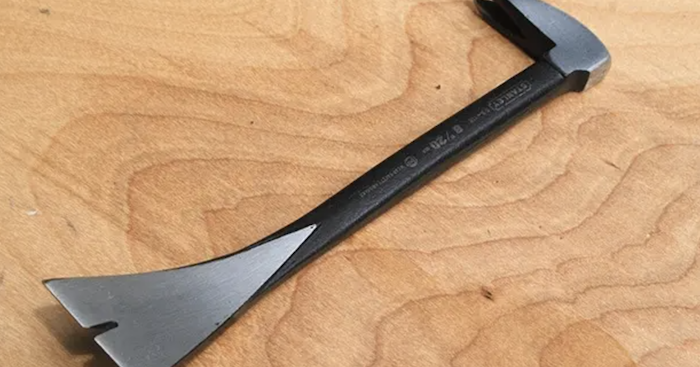
You also need a pry bar to move large rocks and debris that might be too heavy to lift. You need a pry bar that is 18 to 22 inches long and light to carry for rock hunting.
5. Rock Pick
Distinct from a geological hammer, a rock pick is a specialized tool designed for prying, digging, and breaking rocks.
It typically features a pointed tip and a chisel edge, offering versatility in different rockhounding scenarios. A sturdy rock pick is invaluable for excavating rocks embedded in soil or hard-to-reach crevices.
6. Brush and Dust Pans
Cleaning and uncovering specimens require delicate tools like brushes and dust pans. Soft-bristled brushes help remove dirt and debris without damaging the surface of the rocks.
Dust pans, or small shovels, are useful for clearing away loose soil and rocks from your digging site, providing a clearer view of potential specimens.
7. Shovel and Sledgehammer
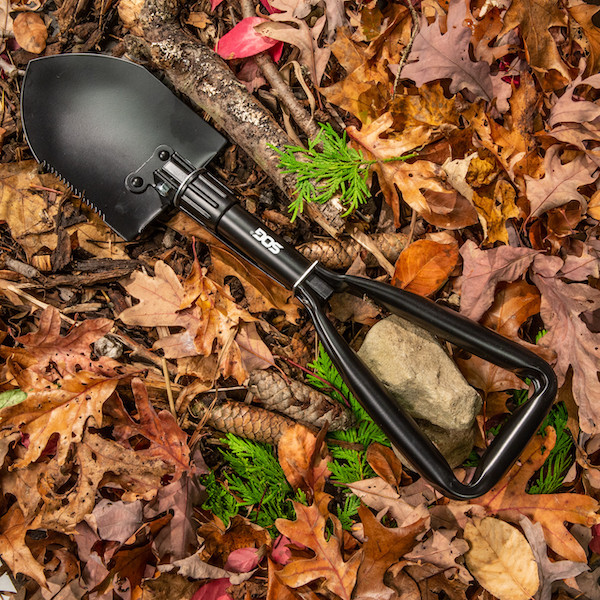
You need a small shovel to remove dirt, rocks, and debris from the surface to retrieve your rocks. You can bring a small or a full-size shovel to do the job.
To break huge rocks, you need a sledgehammer that you can swing comfortably. Don’t bring a heavy sledgehammer as it can be quite heavy to use.
8. Magnifying Glass
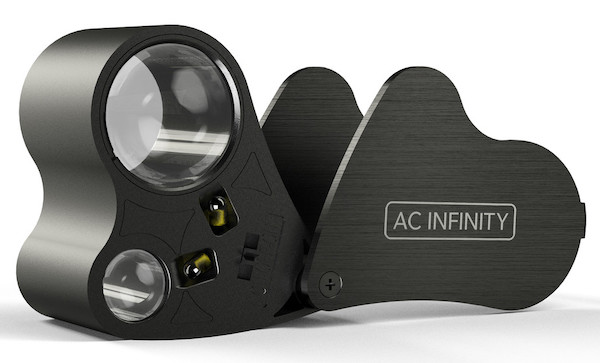
To closely examine and appreciate the details of collected specimens, a magnifying loupe is a must-have accessory.
These small, handheld magnifiers are equipped with a powerful lens that allows rockhounds to inspect minerals, crystals, and other features that might be missed by the naked eye.
Choosing a glass with good optical quality ensures a clear and detailed view of your finds.
9. Safety Goggles
Ensuring personal safety is paramount when engaging in rock mining activities. Safety goggles protect the eyes from flying rock fragments, dust, and debris.
Given the nature of rockhounding, where rocks can fracture unexpectedly, wearing protective eyewear reduces the risk of eye injuries.
Investing in a pair of durable, impact-resistant safety goggles is a small price to pay for the long-term well-being of any rockhound.
10. Gloves
Handling rough rocks and using tools can take a toll on your hands. A good pair of gloves not only protects your hands from cuts and abrasions but also provides a better grip on tools.
Look for gloves that are durable, flexible, and made from materials that can withstand the rigors of rockhounding. Leather or synthetic gloves with reinforced palms are popular choices among enthusiasts.
11. Backpack or Rock Bag
Rockhounding often involves exploring remote locations, and having a reliable backpack or rock bag is essential for carrying your tools, safety gear, and collected specimens.
Look for a backpack with multiple compartments to keep your tools organized and easily accessible. Alternatively, a durable rock bag with pockets and adjustable straps can be a convenient option for carrying your finds.
12. Knee Pads
Rockhounding can be a physically demanding activity, especially if you find yourself kneeling or crouching for extended periods. Knee pads provide essential protection and comfort, reducing strain on your knees when working on uneven surfaces.
Choose knee pads with sufficient padding and a secure fastening mechanism to ensure a comfortable and secure fit during your rock mining adventures.
13. GPS and Maps
Exploring new rockhounding locations often involves venturing into unfamiliar territory. A reliable GPS device and detailed maps are indispensable for navigating and locating promising geological sites.
Ensure that your GPS is fully charged before heading out and consider carrying a physical map as a backup in areas with limited signal coverage.
Also, look at our gem mining spots in Kentucky and places to mine geodes in Missouri.
What To Bring for a Comfortable Trip
Here are some other tools to bring to prepare for your rockhounding adventure. Since you will be outdoors for most of the time, make sure to bring the following things:
- Sun hat
- Appropriate footwear
- Goggles
- First aid kit
- Extra clothes
- Rain gear
- Sunscreen
- Flashlight
- Camera
- Toilet paper and tissue paper
- Bug spray
- Food and water
Conclusion
Rockhounding is an interesting hobby that allows enthusiasts and collectors to uncover hidden treasures and gems on Earth. However, Equipping yourself with the right tools ensures a safe, enjoyable, and successful rock mining experience.
In this guide, we have underlined the essential rockhounding supplies and tools that you need for your next trip. From geological hammers to safety goggles, each tool plays a crucial role in the rockhounding process.
So, grab your rockhounding tools and enjoy the thrill of discovering the geological wonders that lie beneath the surface.
